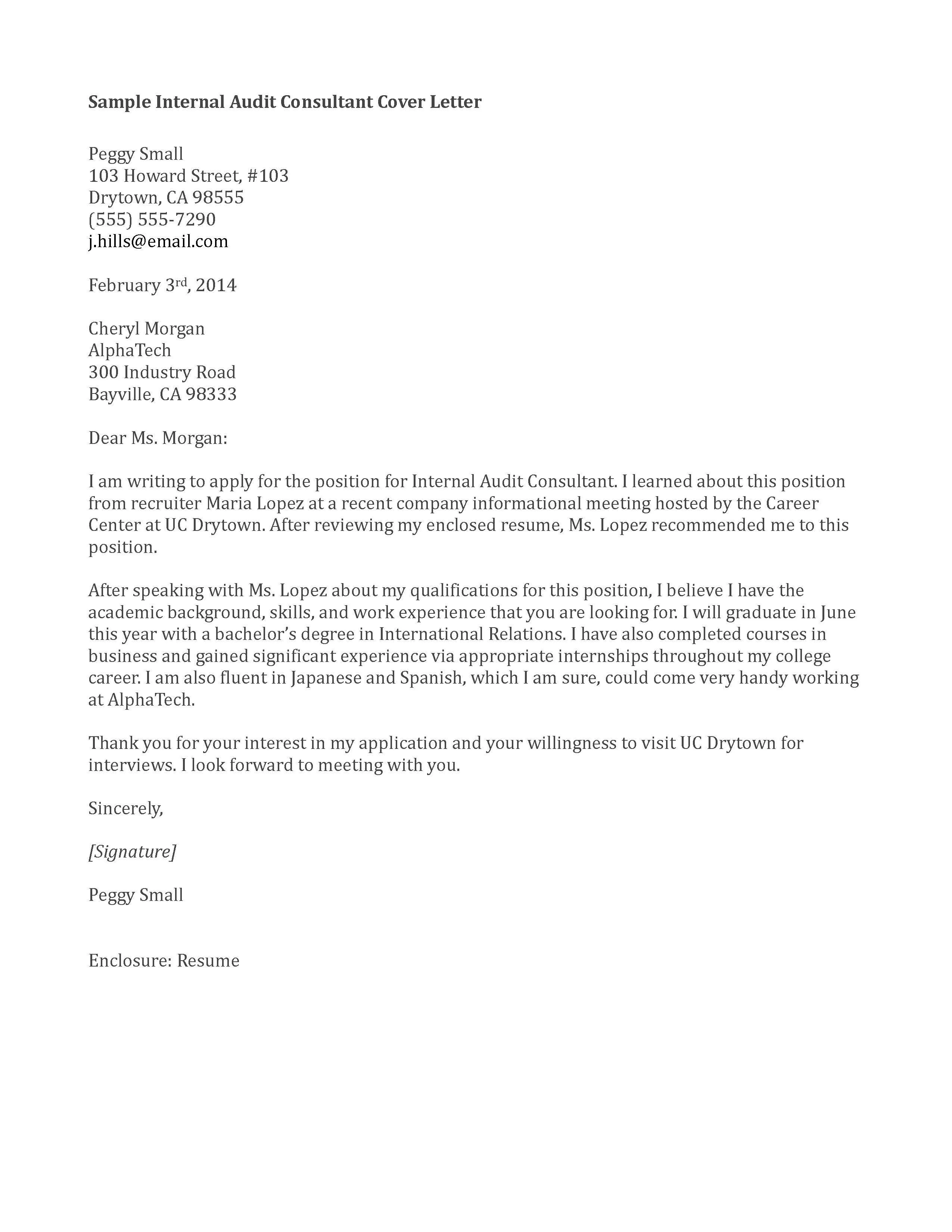Understanding Internal Cover Letters
Navigating the internal job market requires a strategic approach, and a well-crafted cover letter is your key to unlocking new opportunities. Unlike applying for external positions, internal applications benefit from your existing knowledge of the company culture, values, and operational dynamics. This guide provides a comprehensive overview of how to write a compelling internal cover letter that highlights your skills, achievements, and suitability for the desired role. Understanding the nuances of internal applications allows you to present yourself as the ideal candidate and increase your chances of landing an interview.
Why is an Internal Cover Letter Important
An internal cover letter serves as your introduction and a powerful tool to advocate for your candidacy. It goes beyond your resume, offering an opportunity to explain how your skills align with the new role’s requirements and company objectives. It demonstrates your commitment to professional growth within the organization and showcases your understanding of the company’s vision. By crafting a tailored cover letter, you demonstrate genuine interest, making it clear why you’re the best fit for the position. A well-written letter helps to distinguish you from other internal applicants.
Difference from External Cover Letters
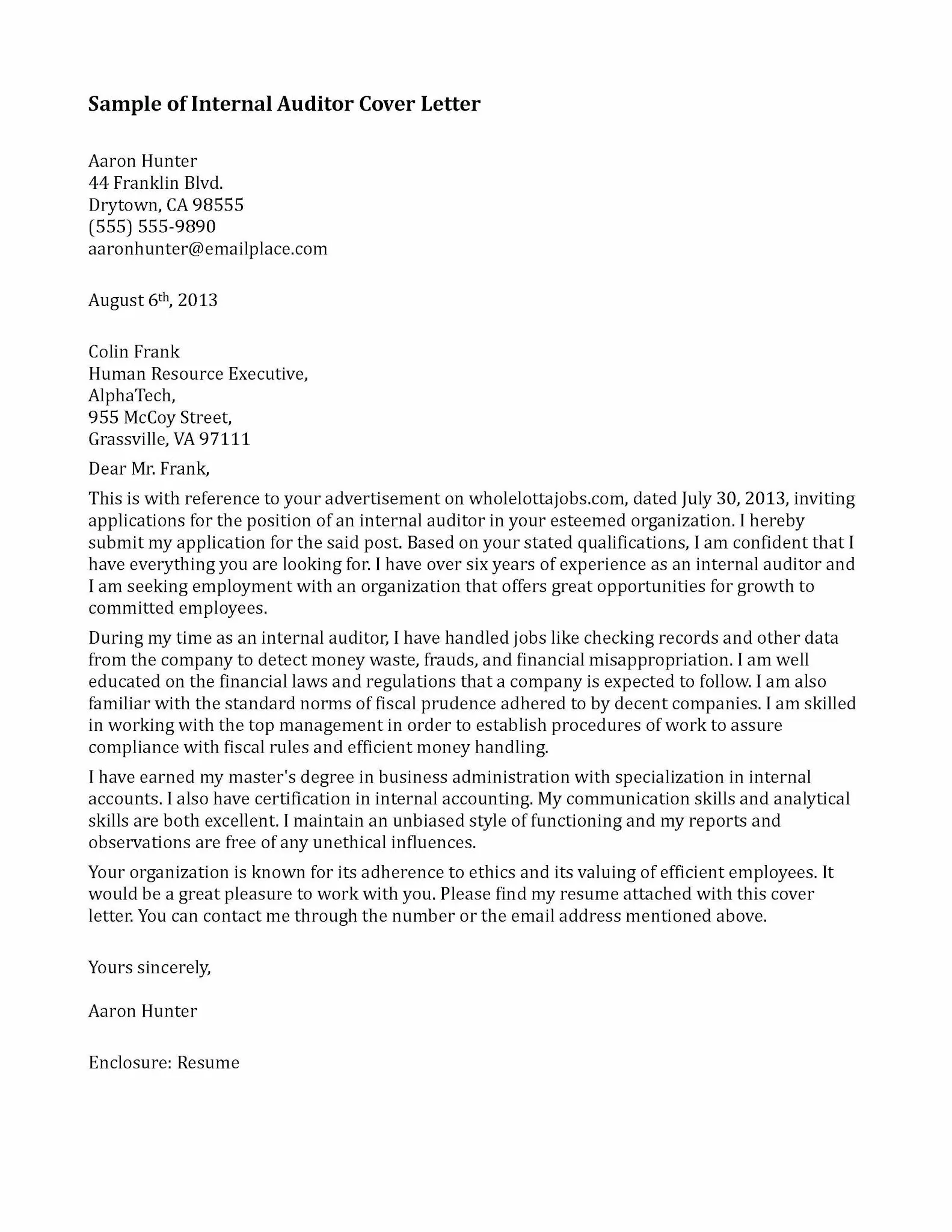
Internal cover letters differ significantly from their external counterparts. Internal applications leverage your familiarity with the company’s values, culture, and potentially, the hiring manager. They enable you to provide context to your achievements and showcase how your past contributions align with the new role’s needs. This letter helps establish you as a known quantity, making the case that you understand the company’s operations and have the skills to transition into this new role seamlessly. The focus should be on your understanding of company goals, your existing network, and the value you bring to the team.
Key Elements of an Internal Cover Letter
Creating an effective internal cover letter involves several key elements that work together to present a compelling case for your candidacy. These elements are essential to effectively communicate your value, match the needs of the position, and set you apart from other internal applicants. From the proper header to a strong closing statement, each part of your cover letter contributes to the overall impact and effectiveness of your application. Let’s break down the critical components needed to craft a winning cover letter.
Header and Contact Information
Start your cover letter with a professional header, including your full name, contact details (phone number and professional email address), and the date. Use the same professional format as on your resume. Make sure that the contact information is current and readily accessible. This ensures that the hiring manager can easily reach you for an interview or any further communication. Accuracy and professionalism in this section set the right tone for the rest of the cover letter.
Addressing the Hiring Manager
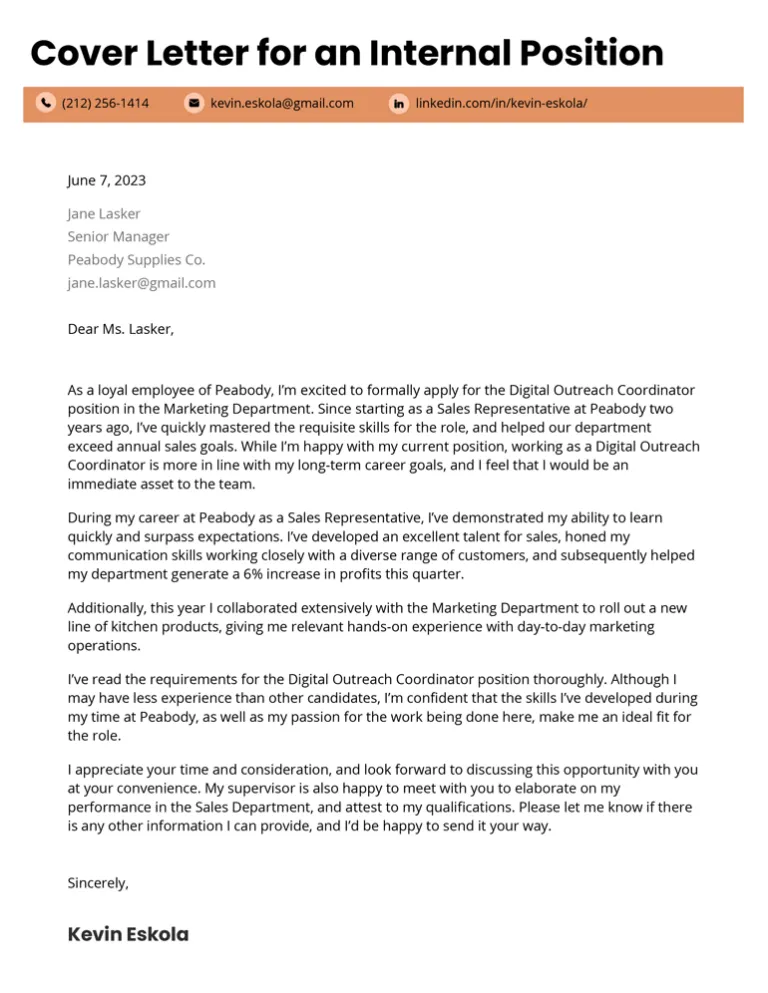
Whenever possible, address the hiring manager or the specific person in charge of the hiring process by name. Doing so adds a personal touch and shows that you’ve taken the initiative to research the company and the role. If you can’t find the hiring manager’s name, use a professional greeting such as “Dear Hiring Manager” or “Dear [Department] Team.” Avoid generic greetings like “To Whom It May Concern.” A personalized greeting immediately makes your application more engaging.
Opening Statement
Begin your cover letter with a compelling opening statement. Clearly state the position you’re applying for and briefly explain why you’re interested in the role. Consider mentioning a key achievement or skill that immediately captures the reader’s attention and demonstrates your value. This should set the stage for the rest of the cover letter, establishing your enthusiasm and immediate relevance. Show your understanding of the position and the company in your opening statement.
Highlighting Your Relevant Skills and Experience
This is the core of your cover letter. Emphasize the skills and experiences most relevant to the job description. Demonstrate how your previous roles have prepared you for the new position. Tailor the content to directly address the requirements outlined in the job posting. Show that you have the necessary qualifications and what value you will bring to the team. This is your chance to prove you’re a perfect fit for the position.
Showcasing Internal Achievements
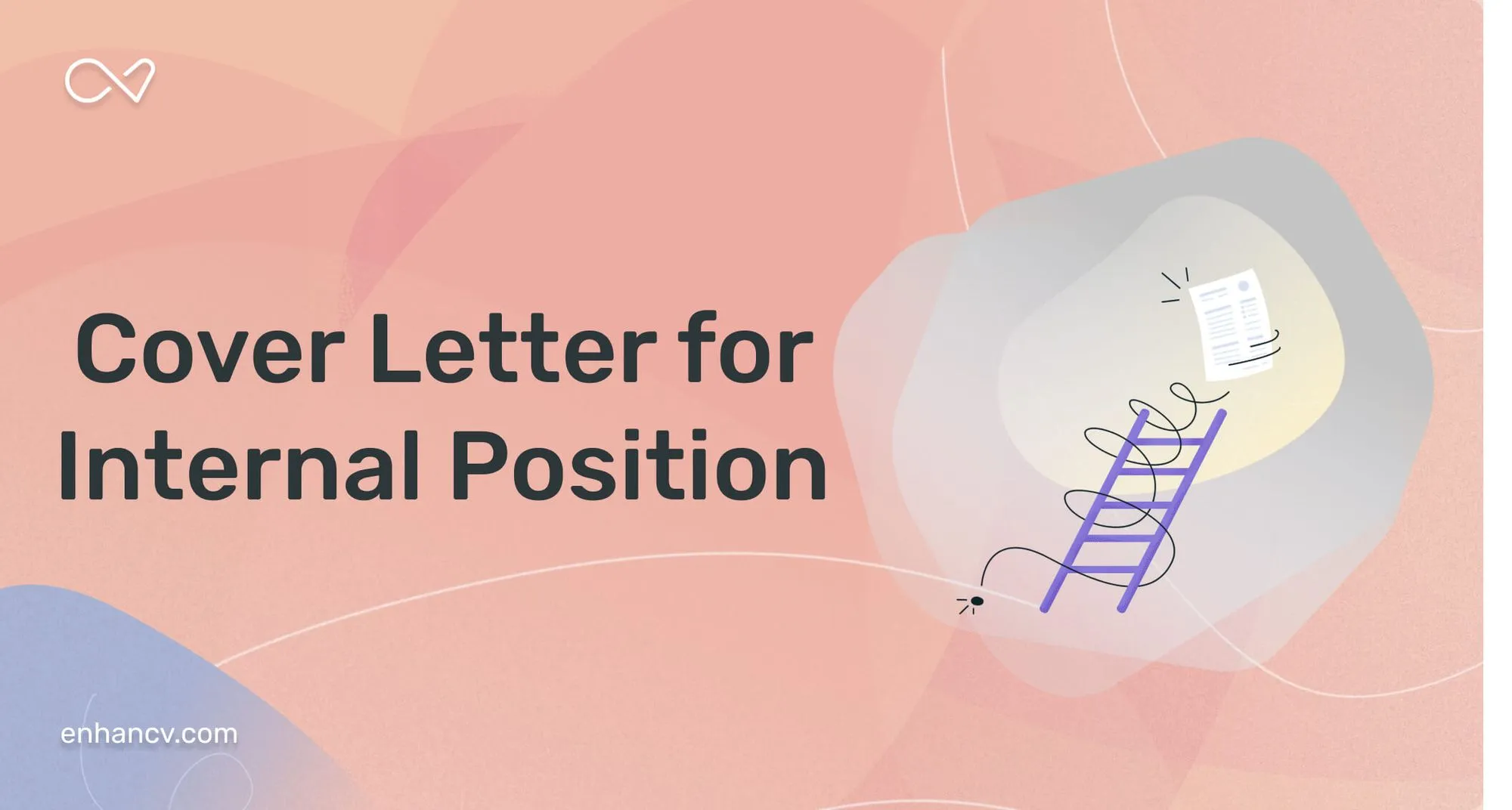
Focus on specific achievements within the company. Use this space to discuss projects you completed, goals you exceeded, and positive impacts you had on your previous team or department. Discuss how your past achievements prepare you for your new role, making it clear how you can contribute to the company’s continued success. Make use of examples that highlight your past and what you will do for the new role if given the opportunity.
Quantifying Your Accomplishments
Whenever possible, quantify your achievements with data and numbers. Instead of saying “Improved customer satisfaction,” say “Increased customer satisfaction scores by 15% through implementing new support strategies.” Use specific metrics to demonstrate the positive outcomes of your work. This helps the hiring manager understand the tangible value you bring to the table. Quantifying results makes your accomplishments more credible and impactful.
Demonstrating Your Knowledge of the Company
Demonstrate your understanding of the company’s mission, values, and current initiatives. This shows that you’re not just looking for a new job; you’re committed to the company’s long-term success. Highlight how your skills and experiences align with the company’s goals and how you can contribute to achieving them. Research recent company announcements, projects, and strategic plans to show you’re informed and engaged. Understanding company goals proves you are a team player.
Expressing Your Enthusiasm and Fit
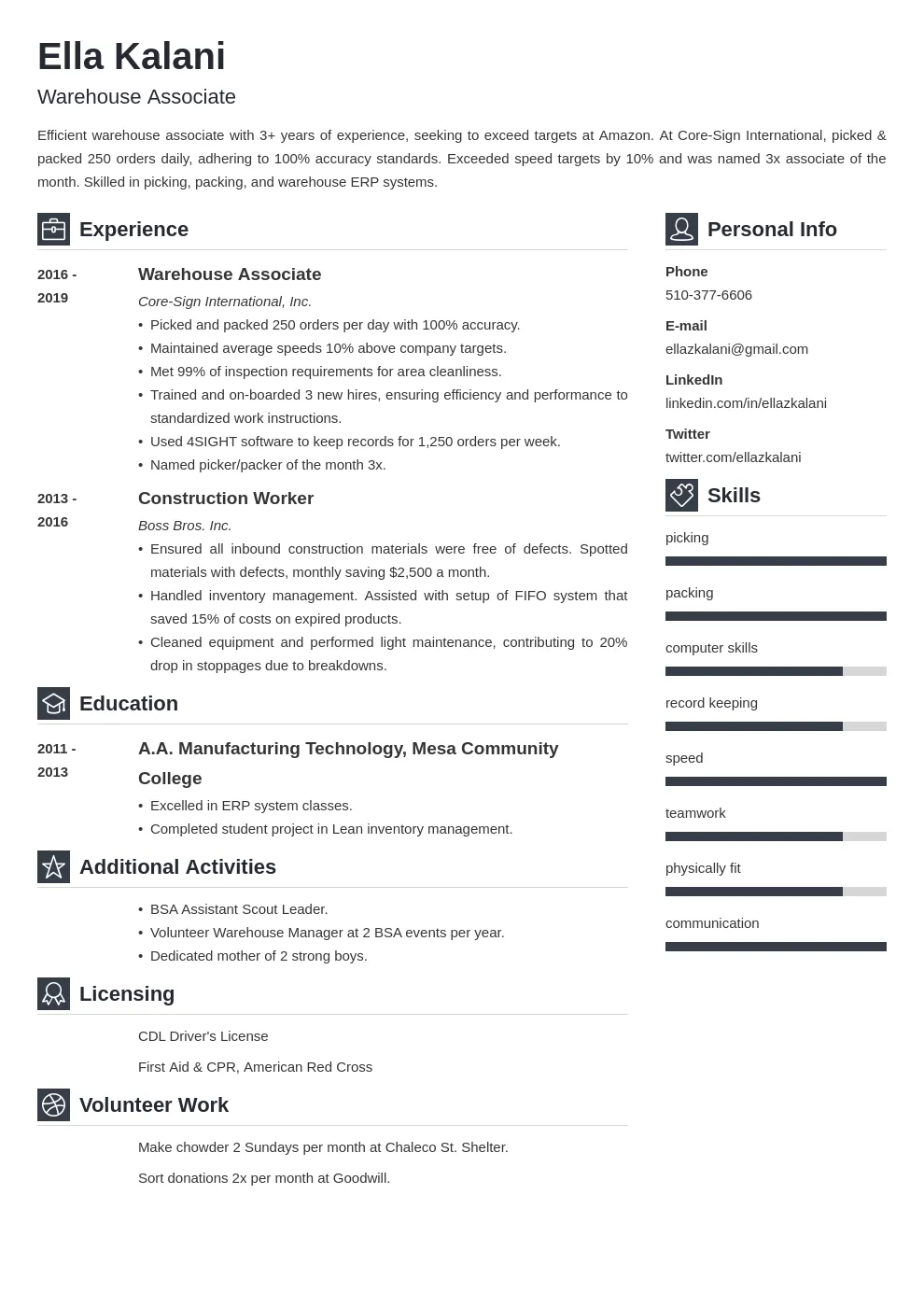
Express genuine enthusiasm for the position and explain why you are the perfect fit for the role and the company culture. Discuss how your skills and experience align with the new role’s requirements and company objectives. Show your understanding of the company’s operations and have the skills to transition into this new role seamlessly. Be clear, concise, and focused on the value you bring. Enthusiasm shows your passion and eagerness to contribute.
Referring to the Job Description
Carefully review the job description and address the specific requirements outlined. Mirror the language used in the job posting to emphasize your familiarity with the expectations of the position. Directly address the skills, qualifications, and responsibilities listed, providing concrete examples of how you’ve met these requirements in your past roles. Show that you have paid attention to the details of the job description and you understand what the company is looking for.
Closing the Cover Letter
The closing section of your cover letter provides the opportunity to reiterate your interest and thank the hiring manager for their time. End your cover letter with a strong conclusion that leaves a lasting impression, indicating your professionalism and commitment to the role. Ensure your closing is polite and professional to make sure you have the best chance of getting the job.
Expressing Gratitude and Next Steps
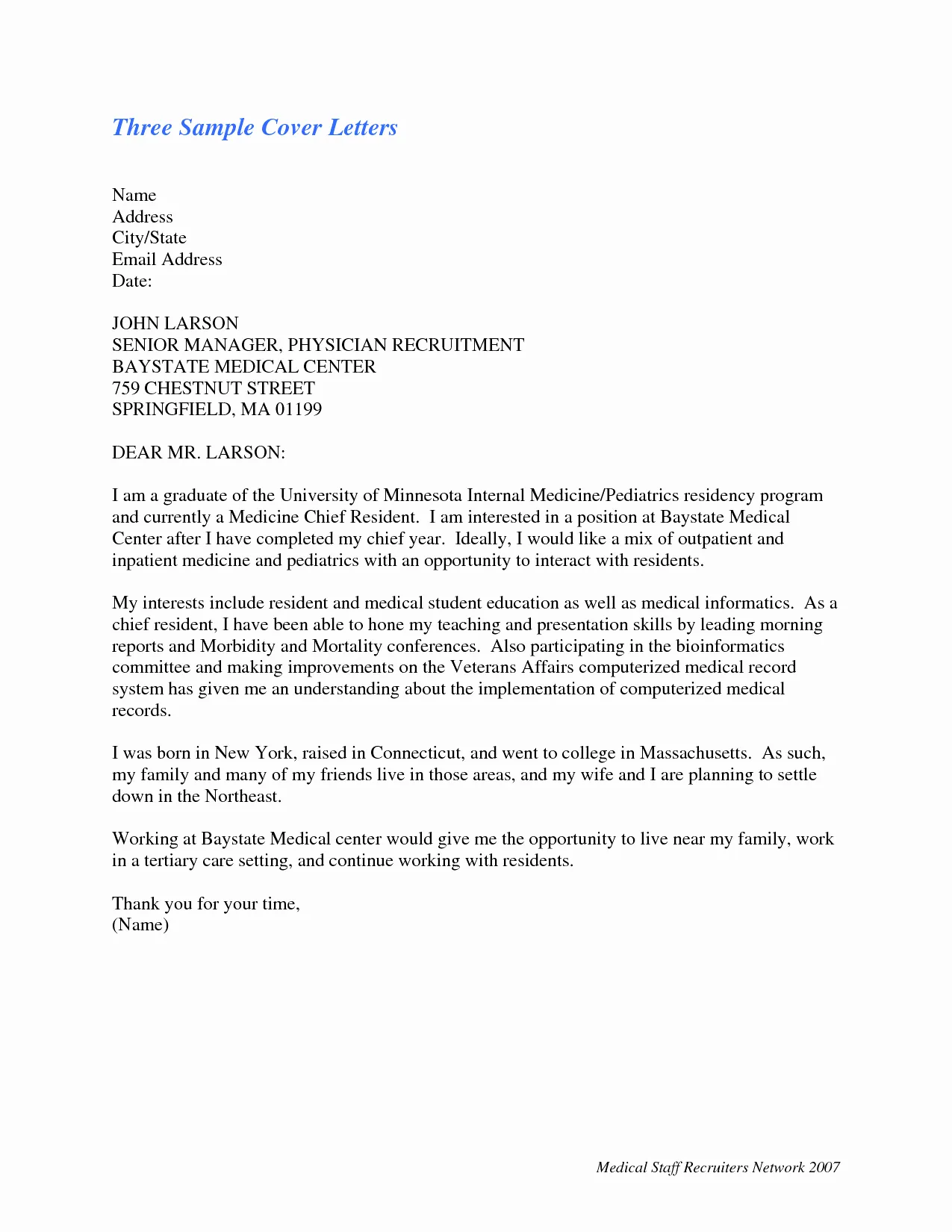
Thank the hiring manager for considering your application and express your enthusiasm for the opportunity. State that you look forward to hearing from them and are available for an interview at their earliest convenience. End your letter with a professional closing such as “Sincerely” or “Best regards,” followed by your name and contact information. This is the last chance to make a good impression.
Proofreading and Formatting
Before submitting your cover letter, carefully proofread it for any grammatical errors, spelling mistakes, and formatting inconsistencies. Use a clean, professional font like Arial, Calibri, or Times New Roman and maintain consistent formatting throughout the document. Ensure the letter is easy to read and visually appealing. Proofreading is crucial for showcasing professionalism. Have someone else review your cover letter to catch errors you might miss.
Cover Letter Samples
Reviewing cover letter samples can provide valuable insights and inspiration for crafting your own. By examining examples tailored to different roles, you can gain a better understanding of how to structure your letter and highlight your qualifications effectively. The following samples are designed to give you practical guidance.
Sample Cover Letter for a Management Role
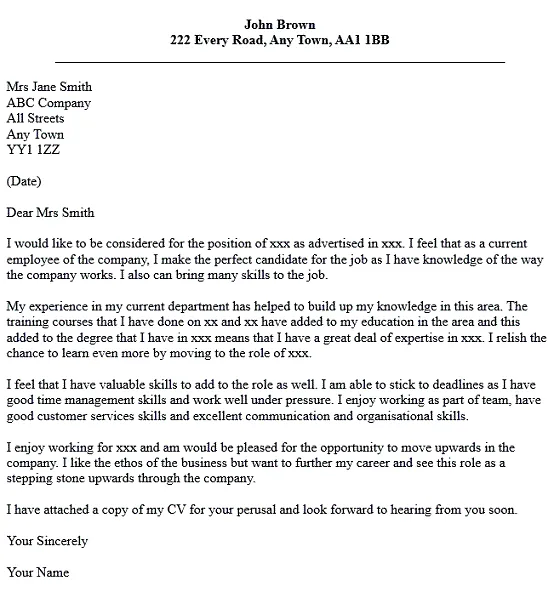
Here is a sample cover letter tailored for a management position, focusing on leadership skills, team management, and strategic planning. It is critical to personalize this sample to your experience and the specific requirements of the internal role, emphasizing the areas that most align with the job’s needs. Remember to tailor the sample to the exact position and your experience, it’s only an example.
Sample Cover Letter for a Technical Role
This sample cover letter is crafted for a technical role. It showcases your technical expertise, problem-solving abilities, and any relevant certifications. This sample should be customized for each role, emphasizing specific technical skills mentioned in the job description. Tailor the letter to match the technical requirements and your unique experience, as this is only a reference.
Sample Cover Letter for a Sales Role
This sample is tailored to demonstrate your sales achievements, customer relationship skills, and target-oriented approach. Make sure to customize this sample to fit each role, and emphasize quantifiable sales results and skills mentioned in the job description. Remember, this is just a sample and must be adapted to show your experience in each role.
Common Mistakes to Avoid
Avoid common pitfalls that can undermine your application. Knowing what to avoid is just as important as knowing what to include. These mistakes can significantly decrease your chances of success. Make sure you are not making any of these mistakes to increase your chances of getting the internal position.
Generic Cover Letters
Avoid sending generic cover letters. Customize each letter to match the specific requirements and culture of the new role. Generic letters show a lack of effort and may not effectively showcase how your skills and experience align with the position. Instead, research the role and the company and tailor your letter to highlight relevant accomplishments and skills. Always remember the specifics of the role!
Focusing Solely on Past Responsibilities
While discussing your past responsibilities is important, don’t make it the sole focus of your cover letter. The hiring manager wants to see how you’ll contribute to the future. Balance your descriptions of past roles with concrete examples of accomplishments and how they’re relevant to the new position. Emphasize the value you bring to the company, not just what you’ve done in the past. Provide concrete evidence for each achievement.
Ignoring Internal Company Culture
Do not ignore the importance of company culture. Demonstrate your understanding and appreciation for the company’s values and mission. Tailor your language and examples to reflect the company’s unique identity and demonstrate that you will fit into the team. Show your commitment to the company’s long-term success and how you are a part of the company.
